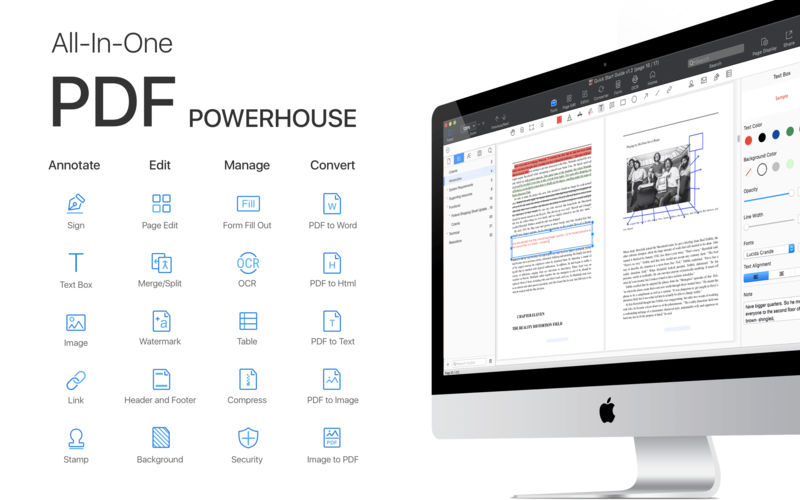

.png)
Today, OCR is based on machine learning (ML) and computer vision, both subsets of AI. This is primarily due to the rise of artificial intelligence (AI), which can simultaneously process higher volumes of complex and multivariate data. Modern methods are capable of offering near-perfect OCR accuracy. Since then, several technological advancements have occurred. OCR technology gained popularity in the early 1990s when historical newspapers were digitized.

In 1980, Xerox acquired Kurzwell’s company, intending to commercialize paper-to-computer text translation. Therefore, he constructed a text-to-speech-capable reading machine. He determined that the ideal use of this technique would be as a tool for the visually impaired.

His omni-font optical character recognition (OCR) system could detect text written in nearly any typeface. Ray Kurzweil founded Kurzweil Computer Products, Inc. IBM eventually obtained the patent for his “Statistical Machine” in the United States. And, before this, in the 1920s, he developed an electronic document retrieval system - the first of its kind. During the First World War, scientist Emanuel Goldberg developed a system that could translate characters into telegraph code. OCR may be traced all the way back to telegraphy. Customized settings allow users to translate words inside image files into a different language. With the availability of an OCR solution, linguistic obstacles are also eliminated. Teachers with students who have developmental disabilities, for instance, may utilize OCR to guarantee precise and effective communication in virtual classrooms. This makes it widely used in educational settings globally. OCR may also aid individuals with learning disabilities like dyslexia.
#Pdf ocr x enterprise edition software#
For persons with visual disabilities, OCR software can decode content from scanned documents and then read it aloud, following one’s preferences. These help users not only to improve workflows but also to improve their quality of life. OCR provides a wide range of applications. Increase efficiency by providing employees with access to the most recent information.Safeguard against physical harm to papers (fires, theft, etc.).Consolidate and protect data in a centralized location.Automate the processing and validation of material in domains like marketing, human resources, and so on.Accelerate processes for all stakeholders.It allows organizations and individuals to save files on their PCs, tablets, and other devices or in cloud storage, guaranteeing that all material is universally accessible. The primary advantage of optical character recognition is that it facilitates data input by enabling text search, editing, and storing. Scanning physical documents for digital processes may be time-consuming, but OCR technology can hasten the conversion process and produce more relevant files. Regardless of the industry or job, paper records are still ubiquitous.
#Pdf ocr x enterprise edition pdf#
Optical character recognition (OCR) is a set of technologies and techniques used to automatically identify and extract text from unstructured documents like images, screenshots, and physical paper documents, with a high degree of accuracy powered by artificial intelligence and computer vision.Īt its core, OCR is a digital reproduction framework that employs automation to convert scanned documents into editable and shareable PDF files.Īlthough the world is mainly digital today, the transition is not yet complete.


 0 kommentar(er)
0 kommentar(er)
